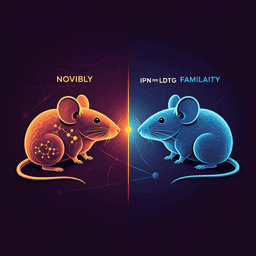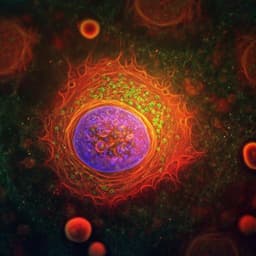
Psychology
Dopamine control of social novelty preference is constrained by an interpeduncular-tegmentum circuit
S. Molas, T. G. Freels, et al.
Explore the fascinating world of social interactions as this innovative research by Susanna Molas and colleagues reveals how mesolimbic dopamine influences mice's preference for novel social stimuli. Discover how specific neural circuits dynamically regulate these responses and challenge your understanding of social behavior!
~3 min • Beginner • English
Related Publications
Explore these studies to deepen your understanding of the subject.







